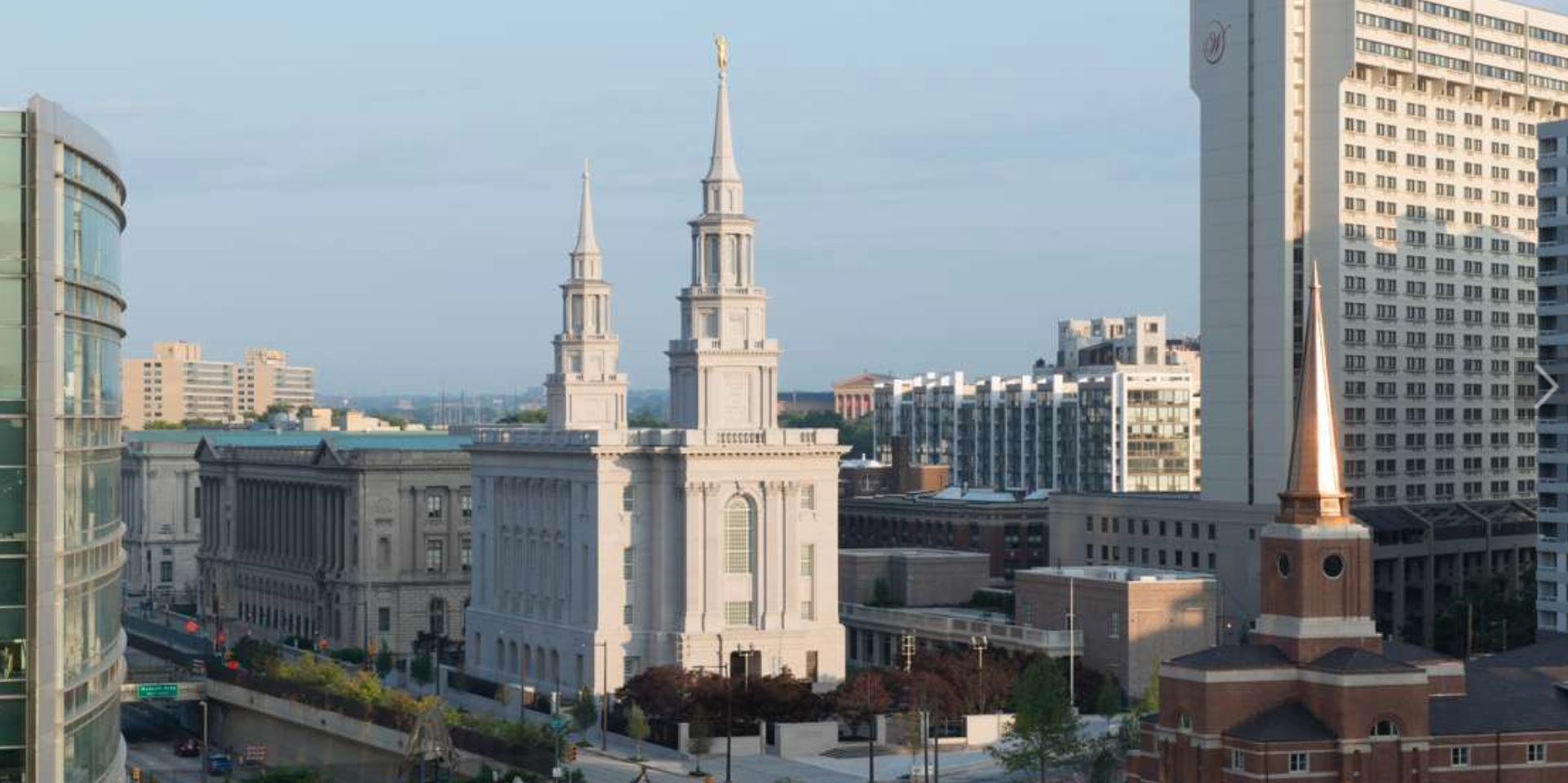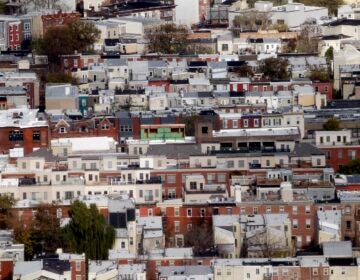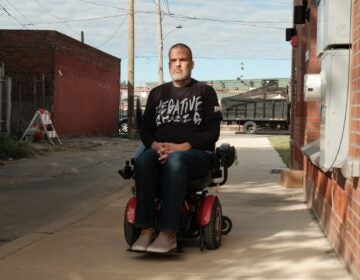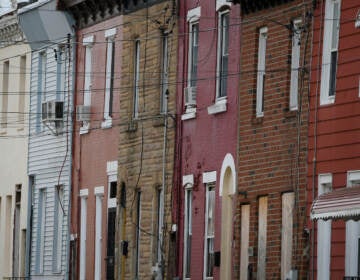August 2: Home sales boosting city budget | First look at Mormon Temple | Dean on Philly walkability

City revenues came in higher than expected this year, reports Claudia Vargas, with the biggest jump coming from the realty transfer tax. “The realty transfer collection went up 16 percent from last year to $236 million this year, double the $119 million that was collected in 2012.”
Former DNC chair Howard Dean was impressed with Philly’s walkability and subway system, says Ellen Gray. “After we realized you had to use the subway to get back and forth from [the Wells Fargo Center], everything was great. And the subway’s fantastic,” Dean said.
Peter Crimmins takes a look inside the new Mormon Temple at 17th and Vine before it is closed forever to non-Mormons next month. “Much of this temple’s design is inspired by America’s Founding Fathers — most prominently, the classic Georgian architecture often seen in grand historic buildings of the Colonial era. Of all the 152 temples built by LDS around the world, this is the only one with chandeliers, stair railings, door casings, and decorative trim hearkening back to that era.”
Nelson Schwartz interviews the leaders of some major U.S. corporations about why large firms are increasingly moving their headquarters to urban centers. Mark Vergnano of DuPont spin-off Chemours said his company is sticking with downtown Wilmington, DE because top talent now prefers urban locations. “This is a group that likes to be in an urban setting, with access to public transportation. They don’t want to be confined to a building with a cafeteria or be next door to a shopping center.”
Philadelphia-based researcher Jonathan Tannen modeled the shifting racial boundaries in neighborhoods of large U.S. cities, and tells Ryan Briggs that as older urban places have repopulated, residential segregation has persisted. Notably, walkable urban areas are less segregated than the nation overall, he says, though still very segregated. “Incoming white people in older cities are moving to areas that are around other white people. They’re saying ‘Oh, if I live here it’s somewhere I can afford, but it’s also close to [a bar] that I like.’
WHYY is your source for fact-based, in-depth journalism and information. As a nonprofit organization, we rely on financial support from readers like you. Please give today.






